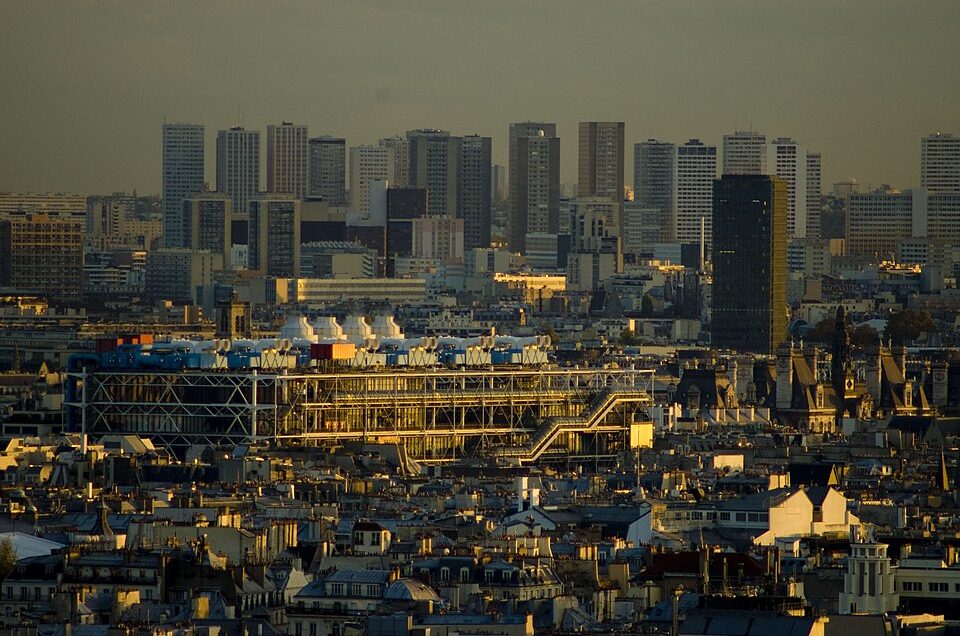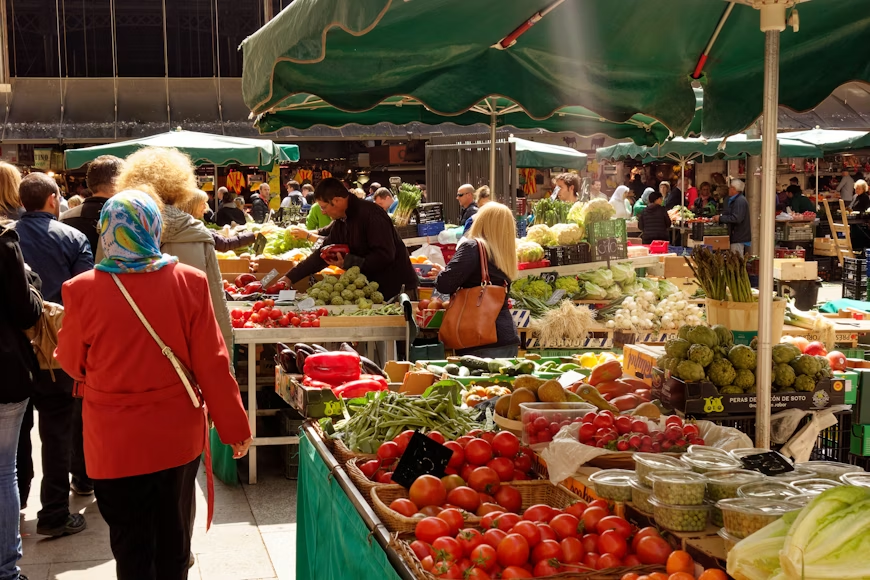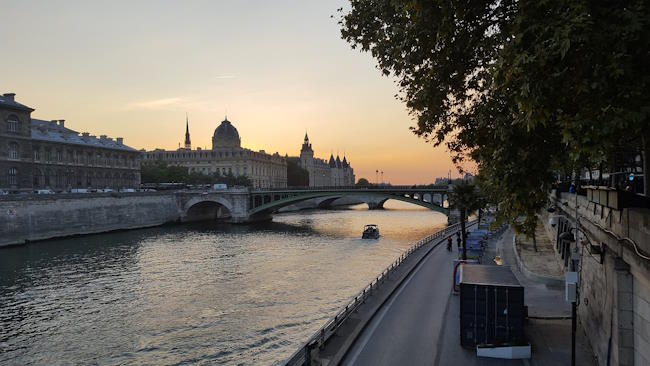Montmartre, perched atop Paris’s highest hill, has long been more than just a neighborhood—it is the birthplace of artistic revolutions, world-famous cabarets, and the spirit of bohemian Paris. Today, its cobbled streets, lively cafés, and iconic cabarets draw millions of visitors. But behind the postcard charm lies a fascinating story of artists, rebels, and dreamers. From Vincent van Gogh’s Montmartre paintings to the dazzling stage of the Moulin Rouge, this district’s history is a journey through creativity, nightlife, and Parisian culture.
Montmartre’s Origins: From Countryside to Cultural Hub
In the 19th century, Montmartre was still a rural village filled with vineyards, windmills, and open fields. Its position just outside Paris’s city limits gave it a unique character: rents were cheap, taxes on wine were low, and there was a sense of freedom that attracted artists and free-thinkers.
This mix of affordability and creativity turned Montmartre into the heart of bohemian Paris, laying the foundation for its rise as a cultural hub. What began as a quiet hillside village soon became the stage for artistic revolutions that shaped modern art.

The Artists of Montmartre: From Van Gogh to Picasso
Van Gogh in Montmartre
Vincent van Gogh lived in Montmartre between 1886 and 1888, sharing a home with his brother Theo. Here, he painted windmills, gardens, and cafés, creating some of his most experimental works. These Van Gogh Montmartre paintings marked a turning point, as he shifted from the darker Dutch palette to the luminous style that defined his later masterpieces.
The Rise of Modern Art
Montmartre quickly became a magnet for avant-garde artists. Pablo Picasso, living at the famous Bateau-Lavoir studio, began his revolutionary Blue Period. Amedeo Modigliani, Henri de Toulouse-Lautrec, and Suzanne Valadon also thrived here, painting scenes of Montmartre life.
What made Montmartre so unique was the community itself—artists lived, debated, and created together in cafés like Le Chat Noir and cabarets such as Au Lapin Agile, turning the neighborhood into an open-air studio.

The Cabaret Scene: Moulin Rouge and Nightlife in Montmartre
As the sun set, Montmartre transformed into Paris’s most exciting nightlife district. The cabarets and dance halls drew Parisians and visitors alike. The most famous of all, the Moulin Rouge, opened in 1889. With its bright red windmill, it became the birthplace of the high-kicking French can-can dance and a global symbol of entertainment.
Henri de Toulouse-Lautrec immortalized the Moulin Rouge in his bold posters, capturing the energy of dancers and performers. The cabaret wasn’t just about spectacle—it brought together people from all classes, making it a symbol of Paris’s vibrant social life. Today, the history of the Moulin Rouge continues to enchant visitors from around the world.
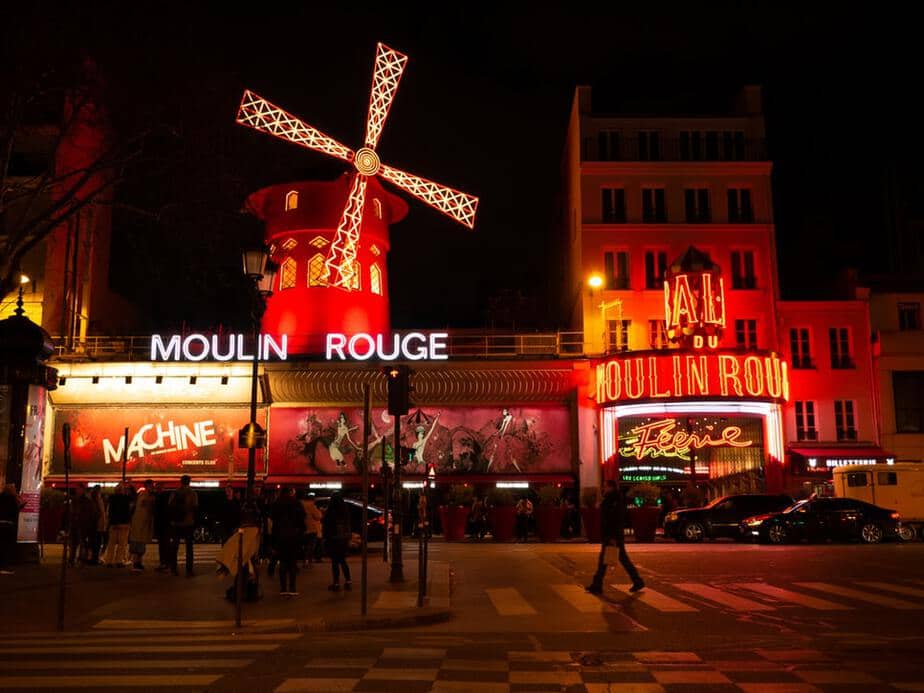
Montmartre and Its Spirit of Rebellion
Montmartre has also been a place of resistance. During the Paris Commune of 1871, locals seized cannons from the hill to defy government troops. This revolutionary spirit became part of Montmartre’s identity, blending with its artistic reputation to create a neighborhood known for independence, freedom, and bold creativity.
Montmartre Today: Where History Meets Parisian Charm
Walking through Montmartre today feels like stepping into a living museum. The Sacré-Cœur Basilica, completed in 1914, crowns the hill with its gleaming domes. Below, the Place du Tertre remains alive with painters capturing the spirit of Paris, just as their predecessors did.
Montmartre continues to embody the best of both worlds: by day, a district of art and history; by night, a place of dazzling cabarets and nightlife. For travelers, it offers the perfect mix of culture, beauty, and entertainment.

Why Montmartre’s History Matters for Visitors
Knowing Montmartre’s past makes visiting far more rewarding. This is not just another Paris neighborhood—it is where Van Gogh found his light, Picasso reinvented art, and the Moulin Rouge brought the can-can to the world. Exploring Montmartre connects you directly to the legends of Parisian culture.
For those who want to truly experience its magic, a Montmartre walking tour in Paris is the best way to uncover the stories hidden in its cobbled streets and lively cabarets. With a guide, you’ll see not only the famous landmarks but also the hidden gems that shaped its history.
Plan Your Montmartre Experience
From rustic windmills and Van Gogh’s Montmartre paintings to the glowing lights of the Moulin Rouge, this district is a treasure trove of art and history. Whether you’re passionate about Impressionist art, Parisian nightlife, or cultural history, Montmartre offers an unforgettable journey.

Frequently Asked Questions About Montmartre
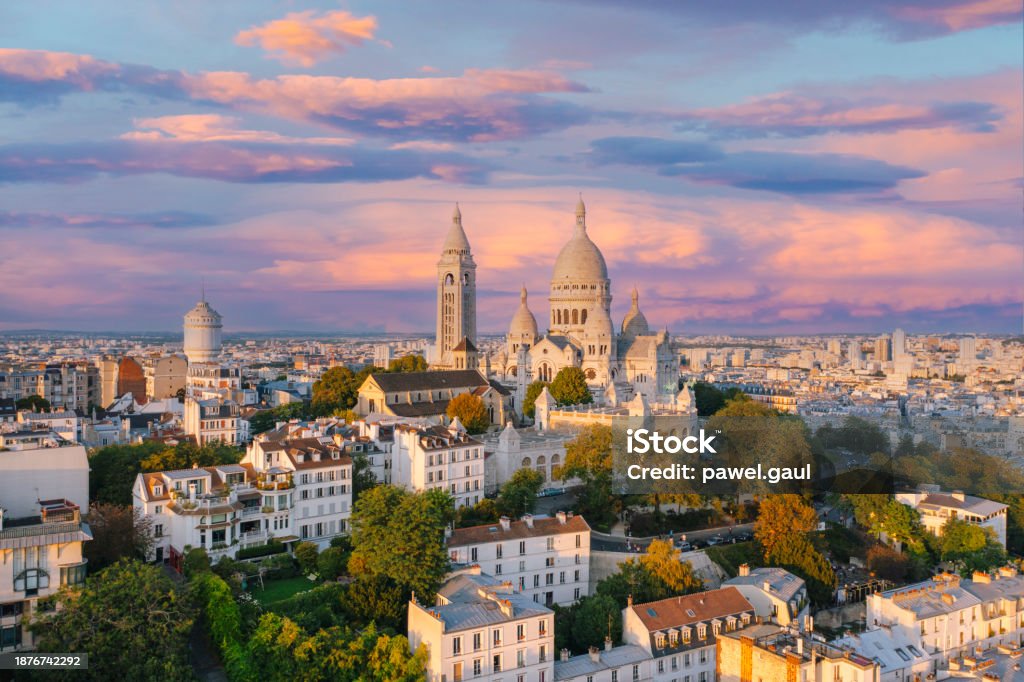
Why is Montmartre famous?
Montmartre is famous for its artistic heritage, historic windmills, and vibrant cabaret culture. It was home to artists like Van Gogh and Picasso, and it remains the site of the world-famous Moulin Rouge.
What did Van Gogh paint in Montmartre?
During his stay in Montmartre, Van Gogh painted windmills, gardens, cafés, and Parisian street scenes. These works show his transition from dark Dutch tones to the brighter, more colorful palette that shaped his later masterpieces.
What is the history of the Moulin Rouge?
The Moulin Rouge opened in 1889 and quickly became the birthplace of the French can-can dance. It symbolized Parisian nightlife, attracting aristocrats, artists, and everyday Parisians. Toulouse-Lautrec’s posters immortalized its performers, and it remains a top attraction today.
Can you visit Montmartre today?
Yes! Montmartre is one of Paris’s most visited districts. Highlights include the Sacré-Cœur Basilica, Place du Tertre with its street artists, Van Gogh’s former residence, and, of course, the Moulin Rouge cabaret.
What is the best way to explore Montmartre?
The best way to explore is on a Montmartre walking tour in Paris, where an expert guide reveals both the famous landmarks and hidden gems—bringing history, art, and culture to life.


